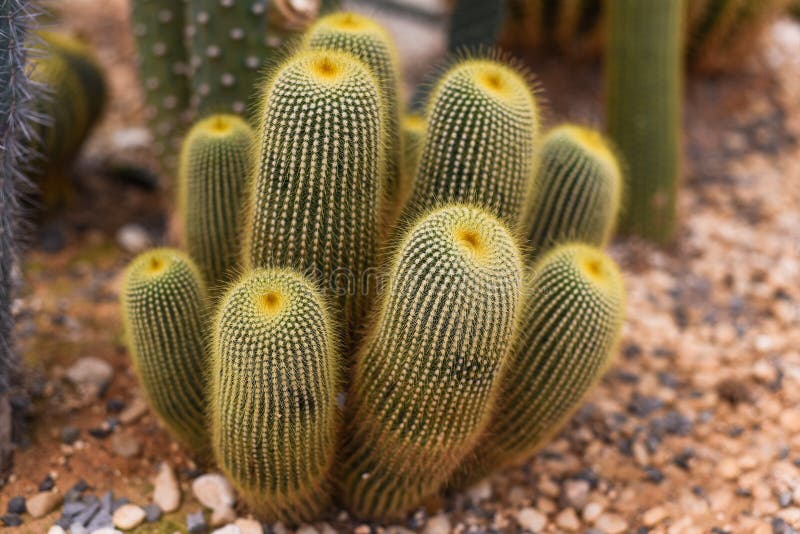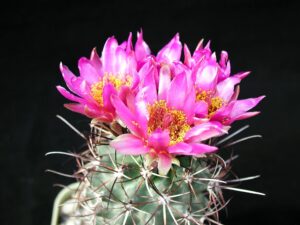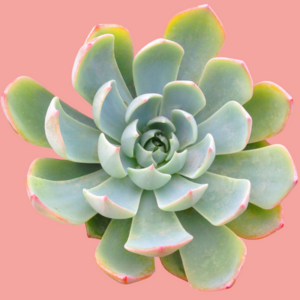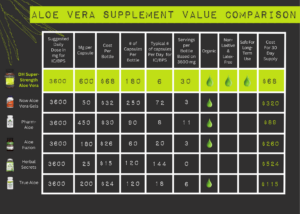The Golden Barrel Cactus, scientifically known as Echinocactus grusonii, is a mesmerizing succulent that has captured the attention of horticulturists and casual plant enthusiasts alike. This species, characterized by its spherical shape adorned with prominent ribs and vibrant yellow spines, is not only aesthetically pleasing but also exhibits fascinating growth characteristics. Understanding its growth rate is vital for successful cultivation and ensuring the health of this striking plant.
Golden Barrel Cactus thrives in arid climates, naturally found in the deserts of Mexico. However, its adaptability allows it to be cultivated in a variety of environments, making it a popular choice for gardens and indoor spaces. Examining its growth rate entails exploring multiple aspects such as environmental factors, cultivation practices, and the plant’s inherent biological characteristics. This will provide a comprehensive understanding of how quickly and effectively this cactus can expand its size.
To gauge the growth rate of Echinocactus grusonii, it is essential to consider its natural growth habit. On average, a Golden Barrel Cactus can achieve a height of 3 feet and a diameter of up to 2 feet over several decades. However, under optimal conditions, it may grow more quickly, particularly during its active growth season in the warmer months. Typically, this cactus can add approximately 1 to 2 inches in height each year, especially if it is nurtured with appropriate care and given the right environmental conditions.
Growth Factors: The Ingredients for Success
Several environmental factors significantly influence the growth rate of Echinocactus grusonii. Chief among these are sunlight, soil, water, and temperature. These critical elements must be optimized to enhance the growth potential of this resilient cactus.
Sunlight is perhaps the most pivotal factor in the growth of the Golden Barrel Cactus. This species thrives in full sun, meaning it requires at least 6 to 8 hours of direct sunlight daily. Insufficient light can result in stunted growth and potentially lead to etiolation, where the cactus elongates abnormally in search of light. Therefore, locating the cactus in a sun-drenched spot, whether outdoors or near a south-facing window indoors, is paramount.
Another essential element is the choice of soil. Well-draining potting mixes specifically designed for cacti and succulents are ideal. A mixture of coarse sand, perlite, and organic matter provides the necessary drainage, preventing the roots from sitting in water, which can lead to root rot. Avoiding overly rich soils is crucial, as they can harbor excess moisture and hinder growth.
Watering practices also play a vital role in the growth rate of Echinocactus grusonii. This cactus is adapted to store water, so it is essential to let the soil dry out completely between watering sessions. During the active growing season, a more frequent watering regiment can be followed, generally every two to four weeks. In contrast, during the dormant winter months, watering should be significantly reduced. Observing the plant and adjusting based on its needs will promote optimal growth.
Temperature is also a contributing factor, with Echinocactus grusonii favoring temperatures between 70°F and 100°F (21°C – 38°C) during the growing season. This cactus is not frost-tolerant and should be protected from cold temperatures, which can stunt growth or cause damage. If grown indoors, maintaining a warm environment is essential, especially during winter.
Care Tips: Cultivating a Thriving Golden Barrel Cactus
To maximize the growth potential of Echinocactus grusonii, several care tips can be followed, ensuring that the cactus flourishes in its environment. Proper fertilization, periodic repotting, and pest management are all important considerations.
Fertilizing the Golden Barrel Cactus can benefit growth. A diluted, balanced fertilizer during the growing season, usually in spring and summer, can provide necessary nutrients. It’s advisable to avoid over-fertilization, as this can lead to soft, weak growth. Instead, a monthly feed concentrated on cacti-specific formulations should be adequate.
Repotting is necessary when the cactus becomes root-bound, which usually occurs every three to five years. When repotting, select a pot that offers excellent drainage and a slightly larger diameter than the current one. This way, the roots will have adequate space to expand, promoting a healthy growth trajectory.
Pest management is essential, particularly for indoor Golden Barrel Cacti which can be susceptible to mealybugs and spider mites. Regularly inspecting the plant and promptly addressing any pest issues will prevent them from affecting growth and overall health.
Potential for Longevity: Establishing Echinocactus Grusonii as a Cherished Addition
Ultimately, the growth rate of Echinocactus grusonii depends on a symbiotic relationship between the plant and its environment. With appropriate light, soil, water, and temperature, this stunning cactus can thrive and grow at a satisfying rate. As one of the most beloved cacti in the plant community, its compact form, coupled with its flowering potential when mature, makes it a worthwhile endeavor for any enthusiast, gardener, or collector.
Considering its slow yet steady growth, Echinocactus grusonii can become a cherished addition to any space that embraces nature’s beauty. Furthermore, with longevity that can span several decades, this resilient plant not only beautifies homes and gardens but also offers a unique opportunity to cultivate and observe the gradual yet rewarding journey of growth.





Leave a Comment